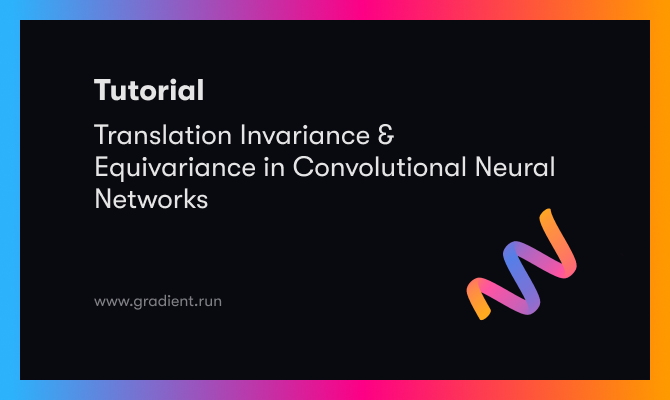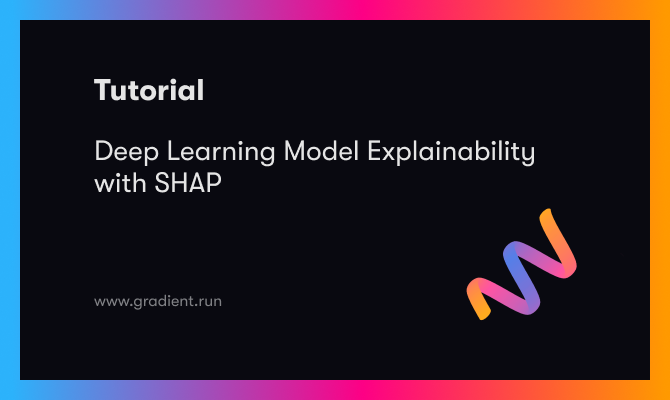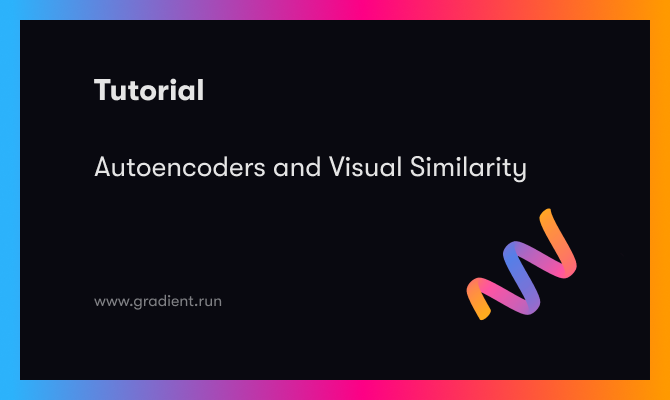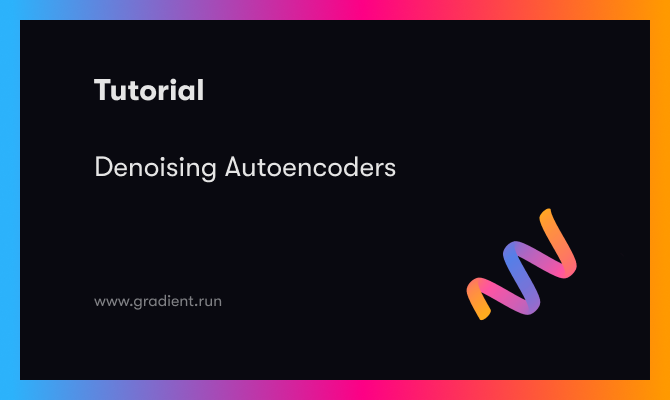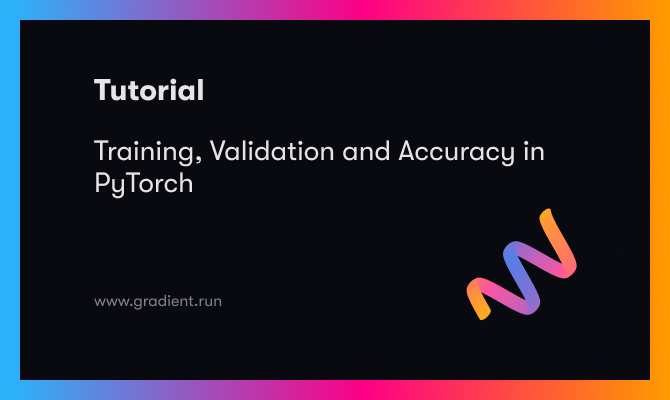An Overview of Epistemic Uncertainty in Deep Learning
In this article, we explored a broad overview of epistemic uncertainty in deep learning classifiers, and develop intuition about how an ensemble of models can be used to detect its presence for a particular image instance.


